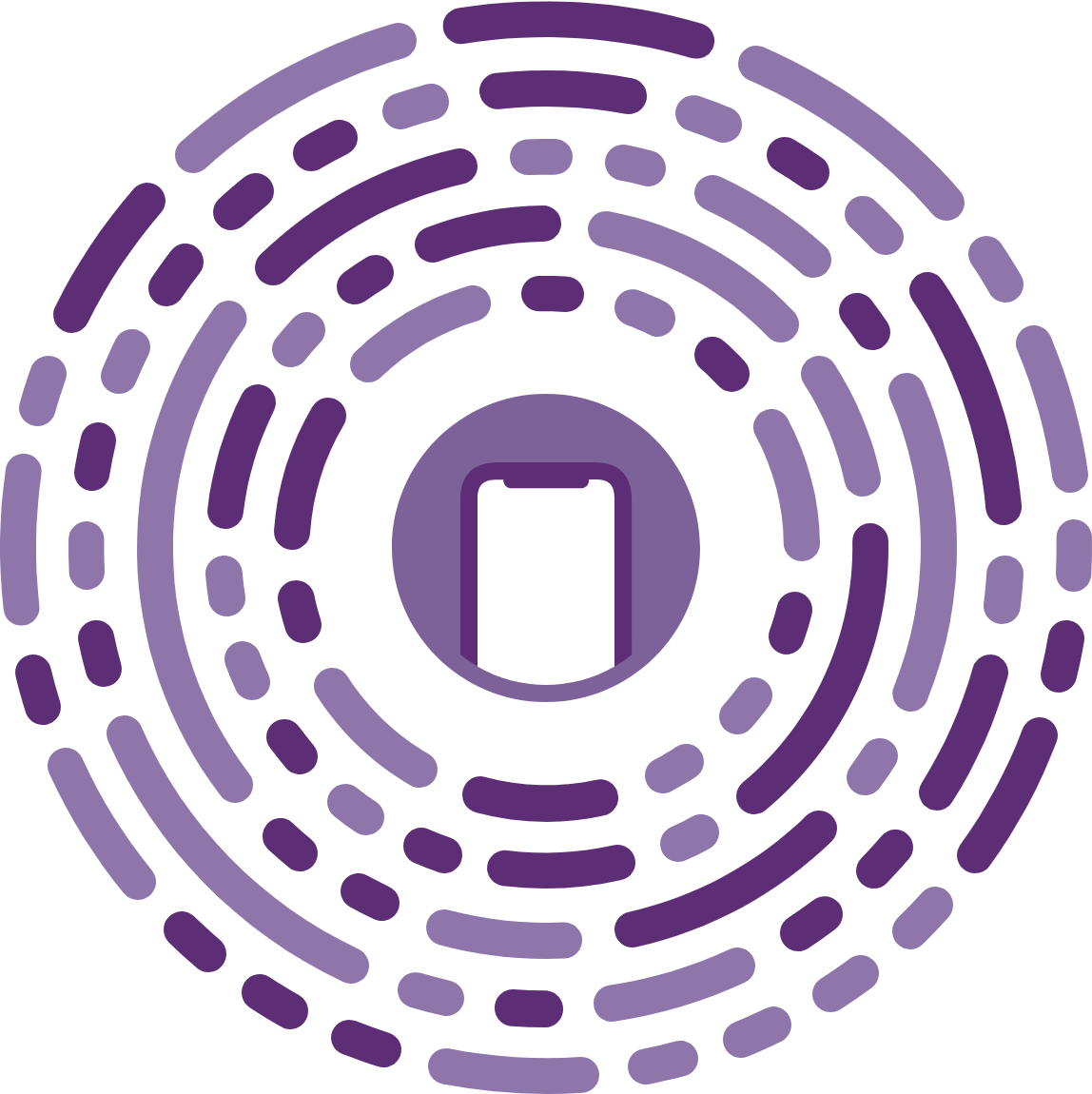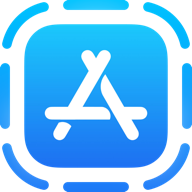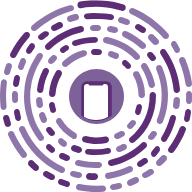NEW LAUNCH: Weill Cornell Medicine's Maya app is now available for Android!
NEW LAUNCH: Weill Cornell Medicine's Maya app is now available for Android!

We’ve all had an experience like this. Say we want to order something from Target’s new curbside pick-up program, Drive Up. But in order to place an order, we find out that we need to download the Target app, navigate to the Drive Up option, then browse and place our order. Ugh, we think, I have to download the full app? I’ll just order online from somewhere else. With iOS 14, however, Apple has taken a big step toward bridging the gap between apps and potential users by introducing App Clips, a feature that makes it quick and easy for users to experience the best of what an app has to offer, without downloading it. A Target Drive Up App Clip, for instance, could take customers straight to the Target app’s checkout flow when they arrive at the store parking lot—without prompting customers to download the app, and without asking them to navigate other, less relevant parts of the app’s functionality, like searching for or selecting a pick-up location.
Doing business with Apple can come with some pain points. From kneecapping the IDFA to its infamously strict App Store guidelines, Apple has made it difficult for app developers to create, host, attract, and retain users to their apps on the App Store. On the other hand, Apple has a long-standing reputation as a user-friendly company, and users have long trusted Apple products. We think of App Clips as the latest in a series of moves from Apple to build a user-centric ecosystem that more organically meets users where they are. Unlike apps that provide users the full range of their options to users, an App Clip is a streamlined, task-based experience that gives users exactly what they need in that moment—nothing more, nothing less.
Though a good deal of the technology in App Clips has been around for a while—we’ve all interacted with widgets on Android devices and iPhones over the past decade—by introducing its new take on IDFA and launching App Clips in iOS 14, Apple is a cut above other tech companies trying to create great experiences for their users. Though App Clips might seem gimmicky, this isn’t tech for tech’s sake: App Clips can offer your app significant benefits across your business and user experience, and it’s easy to integrate into existing systems and workflows.
The beauty of App Clips is how seamlessly it can integrate into wherever you do business—app developers can integrate App Clips into digital experiences and into real-world interactions through Bluetooth, Apple Pay, and NFC. And by integrating your app into these organic business channels, App Clips can quickly and efficiently demonstrate the value of your app to potential users.
Think of it this way: by slotting into the parts of your brand touchpoints that users might organically interact with on a daily basis, App Clips offers users a “free sample” of your app. Once users have a chance to demo the functionality of your app one, two, or a few times, they might be more likely to download your app and continue to be a dedicated user.
Users are so often bombarded with app notifications that it’s easy to get app fatigue. Because App Clips are task-focused and discoverable at precisely the moment users need to engage with them, users no longer need to dread looking at their phone and feeling overwhelmed by notifications from their apps. Now, users can purposefully and seamlessly engage with apps through specific tasks, from ordering food to paying for parking.
And, because App Clips are basically a way to run an app on demand, they can’t tap the more restricted data on a user’s phone—making it a much more secure and private user experience.
Any time a company evaluates whether to add a new feature to its roadmap, there’s always a worry that integrating it into existing tech infrastructure is going to be labor-intensive and require cross-functional stakeholder buy-in to implement. Apple’s App Clips is different. It doesn’t need to have the dependencies of other teams and technologies, and there’s no need to create new integrations or build new teams to support the project. Developers also have the option of designing App Clips in SwiftUI, the coding language that Apple introduced with iOS 13 to streamline app creation. With App Clips, it’s now easier than ever to create new opportunities for your users without having to wrap the project up in other parts of your business—so you’re free to creatively meet new users where they are and want to transact.
At Heady, we make sure that any tech we recommend to our brand partners addresses their specific business needs. Our team of experts has pored over every aspect of App Clips, and we’re confident that this development can offer our partners a wealth of benefits—without introducing friction or dependencies. Heady can pull together a team who can
To make sure that our brand partners have everything they need to keep their iOS app competitive and get people excited to look at their phones, we include App Clips development as part of a package deal for our clients. TK.
Heady is the friend you call when you find yourself in a bind. Let's talk it out!


Heady is the friend you call when you find yourself in a bind. Let's talk it out!
Our emails are (almost) as cool as our digital products.
Your phone will break before our apps do.

© 2025, Heady LLC.